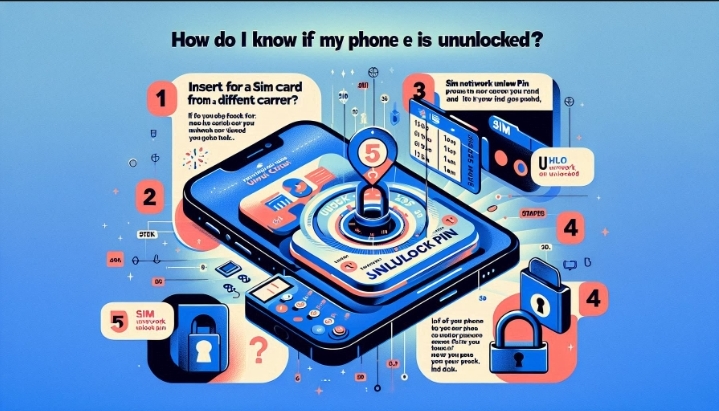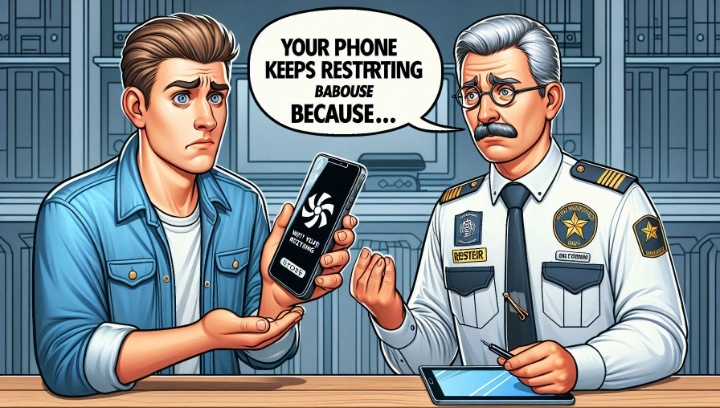Cell phones are ubiquitous devices that have become an integral part of our daily lives. We use them to communicate, access information, entertain ourselves, and perform many other functions. However, when it comes to schools, cell phones are often seen as a source of distraction, disruption, and cheating. Many schools have policies that prohibit or limit the use of cell phones by students during school hours, and some even confiscate or ban them altogether.
But are cell phones really that bad for education? Or can they be beneficial and useful tools for learning, teaching, and safety? In this article, we will explore the reasons why cell phones should be allowed in schools, and how they can enhance the educational experience for students, teachers, and parents.
1. Cell Phones Can Enhance Learning
One of the main reasons why cell phones should be allowed in schools is that they can enhance learning, by providing students with access to a wealth of information, resources, and tools that can help them learn better, faster, and more effectively. Cell phones can enable students to:
- Use educational apps and games: Cell phones can offer a variety of educational apps and games that can make learning fun, interactive, and engaging. These apps and games can cover various subjects, topics, and skills, such as math, science, language, history, art, and more. They can also provide feedback, rewards, and challenges that can motivate and inspire students to learn more. Some examples of educational apps and games are Khan Academy, Duolingo, Quizlet, and Minecraft
- Access digital learning materials: Cell phones can give students access to digital learning materials, such as news articles, blog posts, podcasts, videos, and e-books, that can supplement and enrich their learning. These materials can provide students with different perspectives, sources, and formats of information, that can enhance their understanding, critical thinking, and creativity. They can also cater to different learning styles, preferences, and needs, that can suit each student’s individual pace and level. Some examples of digital learning materials are TED-Ed, National Geographic, Audible, and Kindle
- Use e-readers and online textbooks: Cell phones can also serve as e-readers and online textbooks, that can replace or complement the traditional paper textbooks. E-readers and online textbooks can offer several advantages over paper textbooks, such as being cheaper, lighter, and more accessible. They can also provide features such as search, highlight, bookmark, and annotation, that can make reading and studying easier and more efficient. They can also update and revise the content more frequently and easily, that can ensure the accuracy and relevance of the information. Some examples of e-readers and online textbooks are Google Play Books, Apple Books, Chegg, and Course Hero
2. Cell Phones Can Enhance Teaching
Another reason why cell phones should be allowed in schools is that they can enhance teaching, by providing teachers with access to a variety of tools and methods that can help them teach better, faster, and more effectively. Cell phones can enable teachers to:
- Use multimedia and interactive presentations: Cell phones can allow teachers to use multimedia and interactive presentations, such as slideshows, videos, animations, and quizzes, that can make their lessons more interesting, engaging, and memorable. These presentations can help teachers to illustrate and explain complex concepts, demonstrate and model skills, and assess and review learning outcomes. They can also appeal to different senses, such as sight, sound, and touch, that can stimulate and captivate the students’ attention and interest.
- Use online platforms and tools: Cell phones can also allow teachers to use online platforms and tools, such as websites, blogs, forums, and social media, that can make their teaching more convenient, flexible, and collaborative. These platforms and tools can help teachers to create and share learning materials, communicate and interact with students and parents, and manage and organize their classes and assignments. They can also enable teachers to access and join professional networks and communities, that can provide them with support, feedback, and resources.
- Use digital assessment and feedback: Cell phones can also enable teachers to use digital assessment and feedback, such as online tests, surveys, polls, and rubrics, that can make their assessment and feedback more accurate, timely, and effective. These assessment and feedback tools can help teachers to measure and monitor the students’ learning progress, performance, and achievement, and provide them with personalized and constructive feedback, that can guide and improve their learning. They can also help teachers to collect and analyze data, that can inform and improve their teaching practices and strategies. Some examples of digital assessment and feedback tools are Google Forms, SurveyMonkey, Mentimeter, and Rubric Maker.
3. Cell Phones Can Enhance Safety
A third reason why cell phones should be allowed in schools is that they can enhance safety, by providing students, teachers, and parents with access to a means of communication, information, and assistance, that can help them deal with emergencies, crises, and threats. Cell phones can enable them to:
- Call for help: Cell phones can allow students, teachers, and parents to call for help, such as 911, the school office, or the police, in case of an emergency, such as a fire, a lockdown, a shooting, or a medical issue. They can also call their family members, friends, or neighbors, to inform them of their situation, location, and condition, and to ask for their support, advice, or help.
- Receive alerts and updates: Cell phones can also allow students, teachers, and parents to receive alerts and updates, such as text messages, emails, or notifications, from the school, the district, or the authorities, in case of a crisis, such as a natural disaster, a terrorist attack, or a pandemic. These alerts and updates can provide them with important and timely information, such as the nature and severity of the crisis, the instructions and guidelines to follow, and the resources and services to access.
- Use GPS and location services: Cell phones can also enable students, teachers, and parents to use GPS and location services, such as maps, trackers, or finders, in case of a threat, such as a kidnapping, a missing person, or a runaway. These GPS and location services can help them to locate and track the whereabouts and movements of themselves or their loved ones, and to share and report their location and status to the relevant parties, such as the police, the school, or the family.
Conclusion
Cell phones are not just devices for communication and entertainment, but also for learning and teaching. Cell phones can offer many benefits for students and teachers, such as enhancing learning and engagement, improving communication and collaboration, and increasing safety and security. However, cell phones can also pose some challenges for students and teachers, such as causing distraction and disruption, creating privacy and security issues, and increasing inequality and discrimination. Therefore, it is important to have clear and consistent practices and policies for cell phone use in schools, that balance the benefits and challenges of cell phones, and that promote responsible and respectful use of cell phones. By following the tips and tricks in this article, you can make the most of cell phones in schools, and enjoy a more productive and positive educational experience.


This post gives clear idea designed for the new users of blogging, that really how to do blogging.!